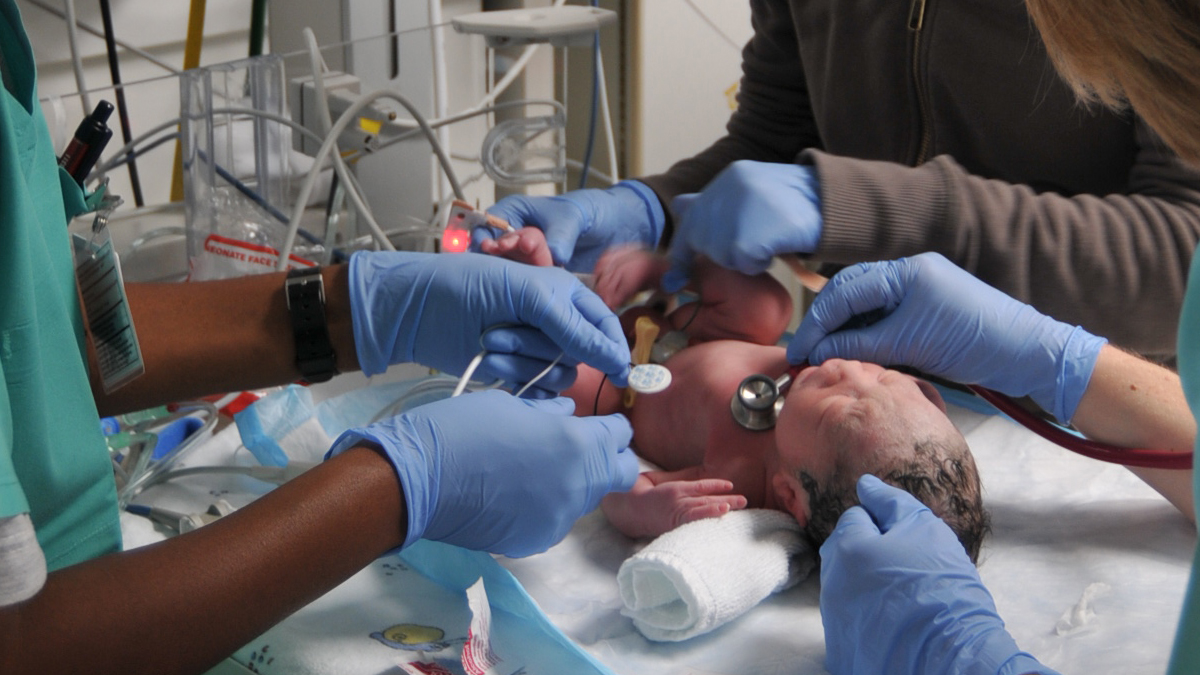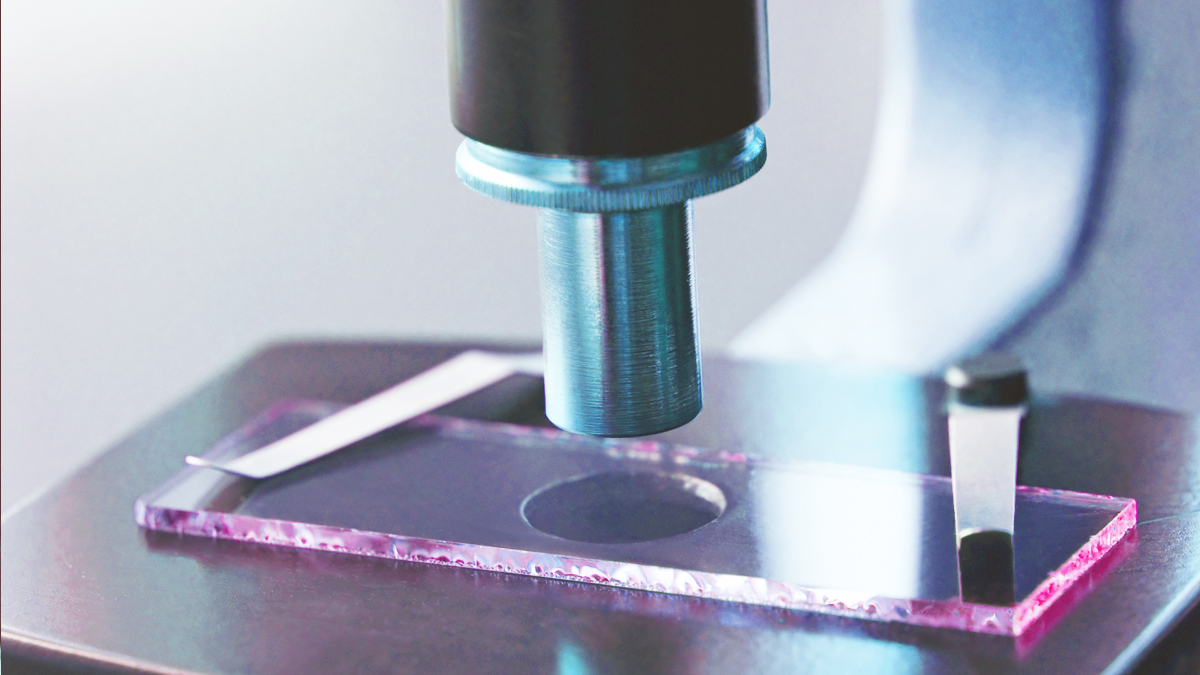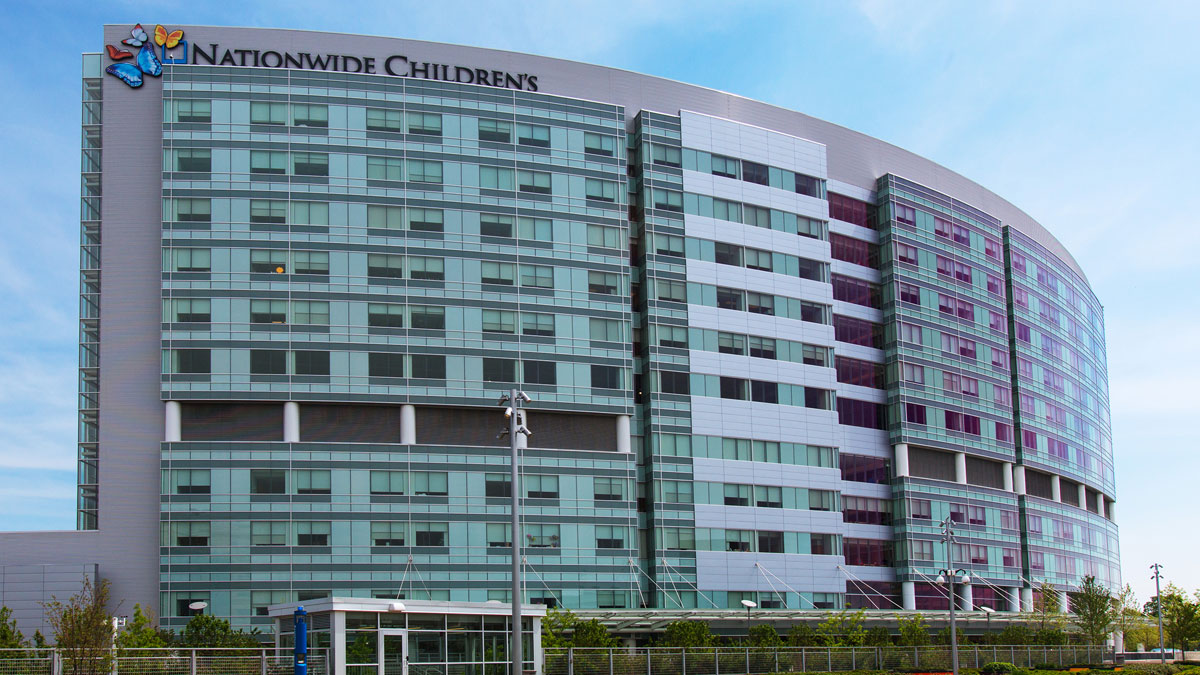Tracking Longitudinal Progression of Selective Motor Control from Infancy Through Childhood in Spastic Cerebral Palsy
Children and adults with spastic cerebral palsy frequently have reduced ability to move joints individually. Motor control function originates in the brain. The pathways are present at birth but continue to develop after birth. Understanding how motor control develops in infancy and how it may be altered in infants with cerebral palsy is important to […]







![BI-UPCAT [BIlateral UPper-limb Children Action observation Training] for Children with Bilateral Cerebral Palsy (2020)](/wp-content/uploads/2020/07/IRCCS-Stella-Maris-Foundation.jpg)

